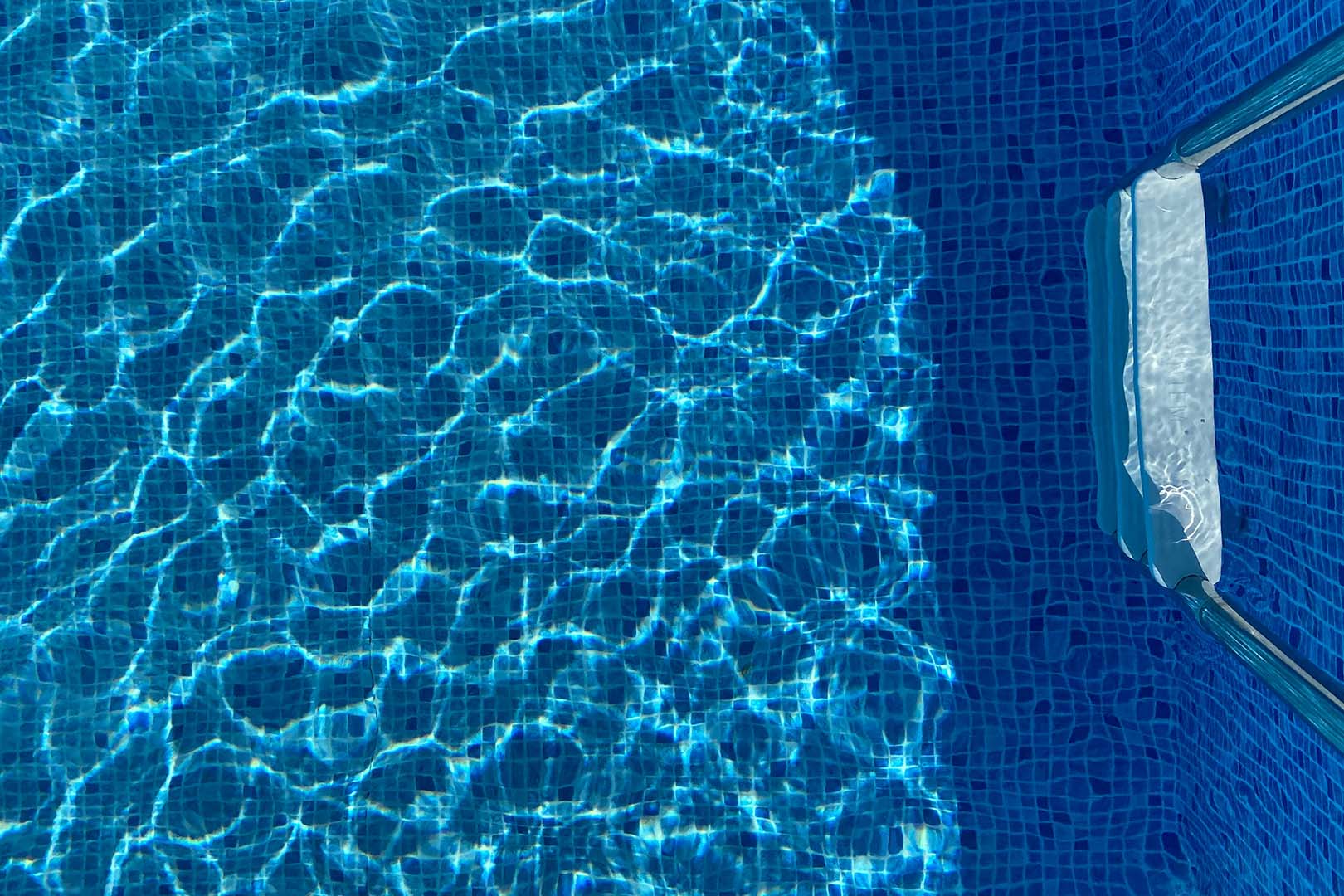
How to Do a Bucket Test for Pool Leaks: Step-by-Step Guide to Detect Water Loss
Have you noticed your pool water dropping whenever you go out for a swim? Are you unsure if it’s a leak or merely evaporation? Well,
Subscribe Now to Get AUD $15 Off Coupon

Have you noticed your pool water dropping whenever you go out for a swim? Are you unsure if it’s a leak or merely evaporation? Well, you can find that out easily with a bucket test which is the simplest and most reliable DIY method. This detailed guide explores the pool bucket test in detail and how you can perform it to check your pool water levels.
Table of Contents
Here’s a list of materials you’ll need for a pool bucket test:
Now that you have all the materials ready, follow the instructions below to perform the bucket method easily.
The first step is to prepare your pool. Ensure it’s at a normal operating level–halfway up the skimmer opening. Turn off the pool pump to prevent water from hindering the test. A stable starting point ensures your results reflect actual water loss, not equipment interference.
Gather a 5-gallon bucket that is best made of an opaque type to reduce algae growth, a waterproof marker, and optionally, a few clean rocks or possibly a brick to weigh down the bucket.
Fill the bucket with pool water to about 1 inch from the top. Pool water is preferred, as tap water might contain a different chlorine level and/or temperature. Gentle scooping will prevent air bubbles from forming inside the water surface that could influence the level. Equality in water conditions keeps evaporation rates inside and outside the bucket comparable.
Put the bucket on the shallow-end steps or on a stable ledge, submerging it about 5-6 inches into the pool water. Use some rocks to keep it submerged if it does float. Partial submersion will keep the stability of the bucket and will expose both water surfaces to similar air conditions.
Using the waterproof marker, draw a line on the inner sides of the bucket at the water level and similarly draw a line on the outer sides of the bucket at the water level. Remember, accurate marks give you the baseline for comparison after the next 24 hours.
Let the test be run for 24 hours. During this time, do not use the pool—no swimming, splashing, or adding water—and keep animals or debris out. If a major leak is suspected, carry out this test for 48 hours, in which case it helps to take note of weather conditions.
Look at the water levels 24 hours after placing the bucket into the pool water. Measure downwards from your original marks with a ruler, noting the drop in both bucket and pool. The difference between these drops will indicate whether or not the pool water is being lost to something other than evaporation (usually accepted as 1/8 to 1/4 inch/day, depending on climate).
Tip: Pictures taken before and after may provide useful documentation of your findings, especially if you require outside help later.
Note the measurements. If the pool level dropped significantly more than the bucket (e.g., 1/2 inch vs. 1/8 inch), you probably have a leak. If they are equal, it’s just evaporation.
In addition to the bucket test, there are other tests you can do for your pool maintenance, including a dye test for liners or equipment checks like BSP. If you want to learn more about other ways to identify your pool leaking and how you can repair a pool leakage, give this blog—How to Find a Pool Leak and Fix It a read.
If your pool water is dropping, you can easily find out the reasons by doing a simple bucket test. It’s simple, straightforward, and helps you identify the source of the problem, whether it’s a leakage or just plain evaporation. With a pool leak test, you now have a foolproof way to spot pool leaks and take action on time.

Have you noticed your pool water dropping whenever you go out for a swim? Are you unsure if it’s a leak or merely evaporation? Well,

Are you tired of leaves littering up your pool every time you step out for a swim? The daily struggle of skimming leaves and cleaning

Imagine your pool buzzing with your friends having fun, laughter echoing around your backyard, and having the time of their lives. Want to make it

Spring is here, and it’s time to refresh your pool! Get that cover off and start cleaning your pool to enjoy upcoming fun-filled days. But

Imagine your pool surrounded by lush green trees, sparkling vividly and perfectly popping with beautiful landscaping, giving a natural vibe. Sounds relaxing, right? This blog
Aiper 2025. All Rights Reserved